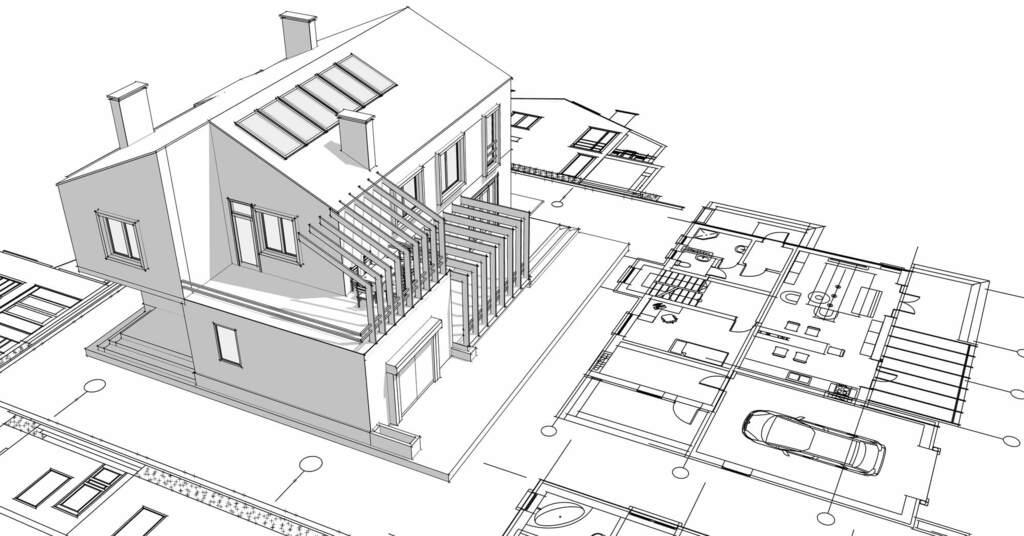YOUR VISION, OUR EXPERTISE
Based in the heart of the Thames Valley, Home Planning Design specialises in creating detailed, professional plans for planning permission. Whether you're dreaming of a new home extension, a bespoke building project or a simple garage conversion, we are here to turn your vision into reality.
We have extensive experience in creating planning drawings for a diverse range of properties, ensuring that each project is tailored to its unique style and requirements. Recently, we completed planning drawings for a charming 1920s house, carefully preserving its historic character while incorporating modern updates that respect its original design. We also worked on a contemporary, modern house, where we emphasized clean lines and innovative layouts, reflecting the sleek and minimalist aesthetics that define the property.
In addition, we provided planning drawings for a semi-detached house, balancing the need for cohesive design with the neighbouring property while introducing functional enhancements to maximize space and comfort. Lastly, our work on a bungalow involved thoughtful consideration of single-story living, optimising the layout to create an efficient and comfortable space that meets the specific needs of the homeowners. Each of these projects highlights our ability to adapt our planning services to different styles, ensuring that every home is both functional and visually appealing.

